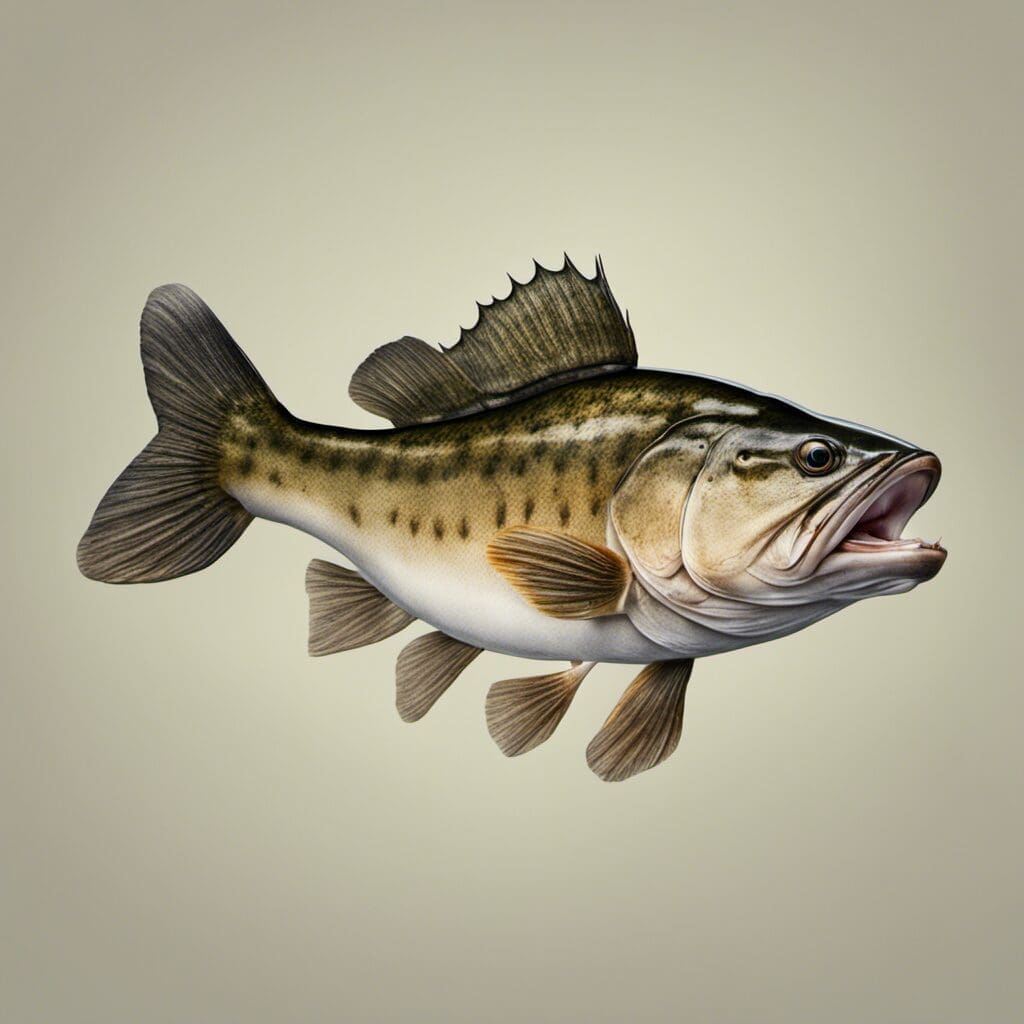Introduction
The Atlantic Tomcod (Microgadus tomcod), also known as the frostfish or winter cod, is a valuable species from the Gadidae Family. This small to medium sized fish is notable for its ability to thrive in very cold temperatures due to a unique genetic adaptation.
Conservation Status
The Atlantic Tomcod is currently not considered endangered or under significant threat. Conservation efforts are generally focused on maintaining healthy population levels through sustainable fishing practices.
Statistics
| Statistic | Average | Range |
|---|---|---|
| Length | 15 inches | 12-17 inches |
| Weight | 1.1 pounds | 0.5-1.5 pounds |
| Average Lifespan | 7 years | N/A |
Distribution
The Atlantic Tomcod is found in the coastal waters of North America from Labrador to Virginia. The species does not engage in large-scale migrations, but some movement within their home range may occur with changes in season and water temperature.
Habitats
Atlantic Tomcod are most commonly found in brackish waters such as estuaries and rivers. They thrive in shallow waters between 1 and 60 meters deep and prefer cold temperatures, often living in waters as cold as 0 degrees Celsius in the winter months.
When and Where to See
- Seasonal patterns: Atlantic Tomcod are active year-round, but they are most commonly seen during the winter months when they move into shallow waters.
- Time of day: They are typically most active during the early morning and late afternoon hours.
Best Fishing Locations
- Saint Lawrence River, Canada
- Hudson River, New York
- Kennebec River, Maine
- Connecticut River, Connecticut
- Dartmouth, Massachusetts
- Delaware River, Delaware
- Susquehanna River, Pennsylvania
- Potomac River, DC
- Housatonic River, Connecticut
- Narragansett Bay, Rhode Island
How to Catch
- Bait or lures: Small jigs and live worms are the most effective bait.
- Fishing techniques: Bottom fishing, trolling and ice fishing are all commonly used methods for catching Atlantic Tomcod.
- Best time: Early morning or late afternoon during the winter months.
Identification Guide
The Atlantic Tomcod can be distinguished from similar species by its small size, protruding lower jaw, and light-colored spots along its gray-brown body. The belly is usually white or pale.
Culinary
- How to Cook: Tomcod can be cooked in a variety of ways, including baking, grilling, and frying. It’s often breaded or used in fish and chips.
- Taste Profile: Atlantic Tomcod has a mild, sweet flavor and a relatively firm texture.
- Nutritional Information: It is rich in protein and contains healthy fats like Omega-3’s.
Additional Information
Tomcod are bottom dwellers and feed on small fish and invertebrates, including worms, shrimp, and small crabs. They spawn in rivers and estuaries during the winter months.
Predators and Threats
Natural predators include larger fish and seals. The Atlantic Tomcod also faces threats from water pollution and habitat degradation.
Cultural/ Historical Significance
The Atlantic Tomcod has long been an important species for commercial and recreational fishing in North America, particularly in the northeastern United States and Canada.
References and Further Reading
- Atlantic States Marine Fisheries Commission. (2017). "Atlantic Tomcod".
- Bigelow, H.B. and Schroeder, W.C. (2002). “Fishes of the Gulf of Maine”. Smithsonian Institution Press.
- Collette, B. and Klein-MacPhee, G. (2002). “Bigelow and Schroeder’s Fishes of the Gulf of Maine”. Smithsonian Institution Press.

